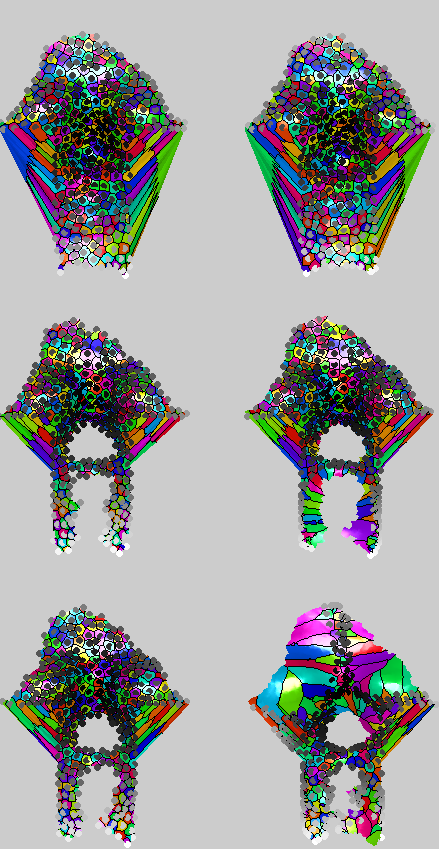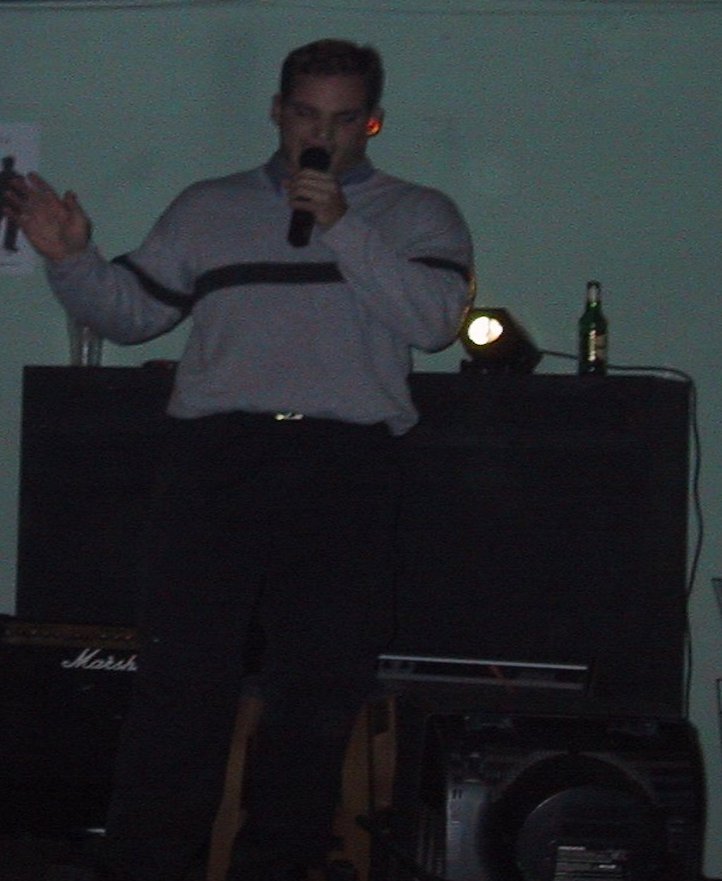MediaCityUK – My Favourite Part of Greater Manchester
Here is a not-so-recent video of the new area that’s so wonderful for running, cycling, or even just sunbathing.
Here is a not-so-recent video of the new area that’s so wonderful for running, cycling, or even just sunbathing.
 RECENTLY uploaded a report exceeding 500 pages. The report has been narrowed down to include some of the better results that we have and some of the more important points worth getting across. A lot of the text is new and a lot in the content and organisation can be improved given more time. This too will be uploaded soon.
RECENTLY uploaded a report exceeding 500 pages. The report has been narrowed down to include some of the better results that we have and some of the more important points worth getting across. A lot of the text is new and a lot in the content and organisation can be improved given more time. This too will be uploaded soon.
I’ve been running further experiments while the report was being worked on (still work in progress) and some interesting results were reached when particularly fast configurations of the GMDS algorithm were attempted, giving (so far) perfect classification for 30 pairs.
Previously, in experiments shown in the report, verification performance reached through GMDS was limited and primarily impeded not only by failures at the topology level but also finer-level issues where the 3-D surfaces provided not enough information to correctly distinguish between identities. A lot of the topological failures were averted by further optimising the algorithm such that support is made broader.
The first ROC curve shows the performance where only GMDS is used and the mask omits much of the cheeks, whereas the latter mostly includes them. By altering the configurations to the best we’ve found so far, significantly better performance can be assured (with GMDS and 3-D alone), but it would be nowhere near the accuracy levels we compete against. Cross-individual entropy seems to lie somewhere in the combination of many 3-D features, but accurate segmentation is not easy on smooth surfaces.


 N PREVIOUS posts I wrote about my work desktop, one of 12 workspaces/desktops that include desktop 2 for mail and collaboration, excepting a third screen mounted on a separate machines and connected nicely with Synergy for a seamless experience. In order to shed light on how I communicate online in real-term, here is desktop 4 on my main machine. What’s out of sight here is the weather widget; the wallpapers on the left changes based on the weather. In the other two screens — centre and right — it cycles at random (slideshow). In future posts I will show my other desktops and how I arranged them for improved productivity.
N PREVIOUS posts I wrote about my work desktop, one of 12 workspaces/desktops that include desktop 2 for mail and collaboration, excepting a third screen mounted on a separate machines and connected nicely with Synergy for a seamless experience. In order to shed light on how I communicate online in real-term, here is desktop 4 on my main machine. What’s out of sight here is the weather widget; the wallpapers on the left changes based on the weather. In the other two screens — centre and right — it cycles at random (slideshow). In future posts I will show my other desktops and how I arranged them for improved productivity.
 NE NICE things about vacations is that they leave visions and sights in one’s mind. From the special suite at the 20th floor (facing the sea) my girlfriend and I carry last weekend’s memories with this song.
NE NICE things about vacations is that they leave visions and sights in one’s mind. From the special suite at the 20th floor (facing the sea) my girlfriend and I carry last weekend’s memories with this song.
 HE task of comparing atomically-meaningful 3-D surfaces is not simple. The plethora of diffusion-based techniques have not managed to overcome the drawbacks and ever surpass the performance attained through geodesic distances. The main issue, to summarise this very briefly, is that when the differences are very small between one subject and another (no topological differences) there is not enough that can be done to distinguish by kernel-based score.
HE task of comparing atomically-meaningful 3-D surfaces is not simple. The plethora of diffusion-based techniques have not managed to overcome the drawbacks and ever surpass the performance attained through geodesic distances. The main issue, to summarise this very briefly, is that when the differences are very small between one subject and another (no topological differences) there is not enough that can be done to distinguish by kernel-based score.
I have meanwhile returned to geodesics again. Based on literature surveys from a few years ago (I read three with great interest), for 3-D in isolation the verification rates are almost always worse than for 2-D (and of course 3-D plus 2-D), which brings up the question, what type of performance levels are expected from 3-D alone in order to make a technique publishable? With our best methods we hover around the mid-nineties. With further refinements that do not require 2-D data we can make further improvements, but there are inherent difficulties. For example, as I showed a colleague at the lab some pairs of different range image (in 3-D) she was unable to tell if there were the same or not. When the similarity is high it becomes almost about gut feeling or guesswork, even for verification as opposed to identification (one-to-many or many-to-many).
Additionally, spectral methods degrade poorly compared to geodesics, as shown in the images below (first a meaningful slicing, then improper).

Spectral examples

Spectral problems
I am currently working on a concise report about this project (which has exceeded a year in duration so far). There’s a lot more coming. I also added some list of side projects (totally unrelated) I’ve been working on recently. I hope to focus more on ERC-funded work and not whatever pays more (industry pays more than academic). But all these are a matter to be discussed another day.

 WING to Valentine’s Day I recently found myself singing again, just like I did about 10 years ago when I was 19 or even 20 (I uploaded some stuff that I amateurely recorded on my PC). Much of it is stuff that Sinatra, my favourite singer, had sung.
WING to Valentine’s Day I recently found myself singing again, just like I did about 10 years ago when I was 19 or even 20 (I uploaded some stuff that I amateurely recorded on my PC). Much of it is stuff that Sinatra, my favourite singer, had sung.
Retrieval statistics: 18 queries taking a total of 0.150 seconds • Please report low bandwidth using the feedback form
Original styles created by Ian Main (all acknowledgements) • PHP scripts and styles later modified by Roy Schestowitz • Help yourself to a GPL'd copy
|— Proudly powered by W o r d P r e s s — based on a heavily-hacked version 1.2.1 (Mingus) installation —|